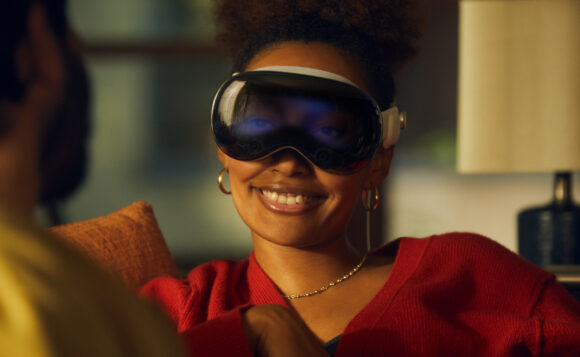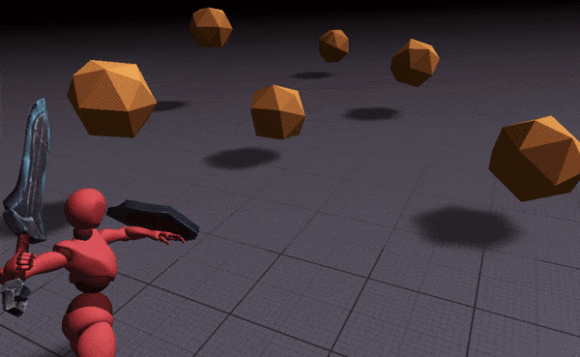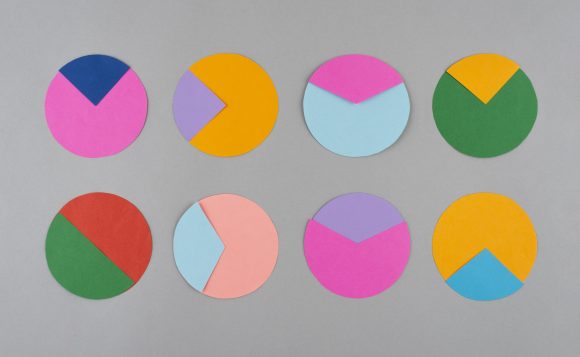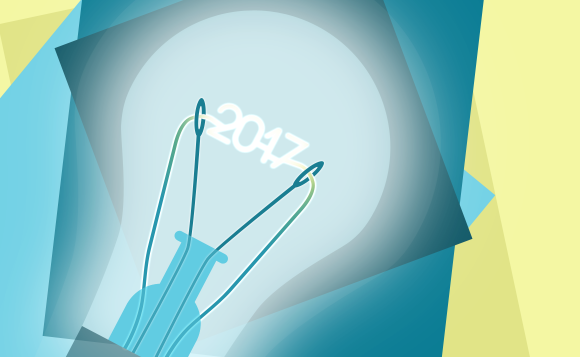
The revolution concerning internet of things (IoT) is really promising as most of them are underway. The best internet of things to watch in 2017 startups can be based on the company’s technological relevance though sometimes also funds might be the appreciating factor.
First and foremost on concern about the best internet of things specifically for the year 2017 is wireless tapestry that is used to connect more numbers of the devices to the internet and furthermore it consumes less energy as it may be expected. The wireless tapestry is in a position of having more than nine millions of the devices to its network, hence the company can be in a better position to raise and save funds hence making the internet to be perceived as being the best.
Secondly is the presence of the camera player security that is in a position of holding up to 130 users across the world. With the use of the camera, the company is able to rise of up to 25 million pounds. The camera is designed to enhance dedicated solutions across the product areas, and henceforth establish partnerships with the topmost e-tailers and retailers that may include the media market, Amazon, otto and Saturn and some leading utilities in 2017.
Thirdly is in the usage of the internet of things in rolling out smart bicycles and the bicycle equipment, this can be accessed through the Smartphone’s or laptops.
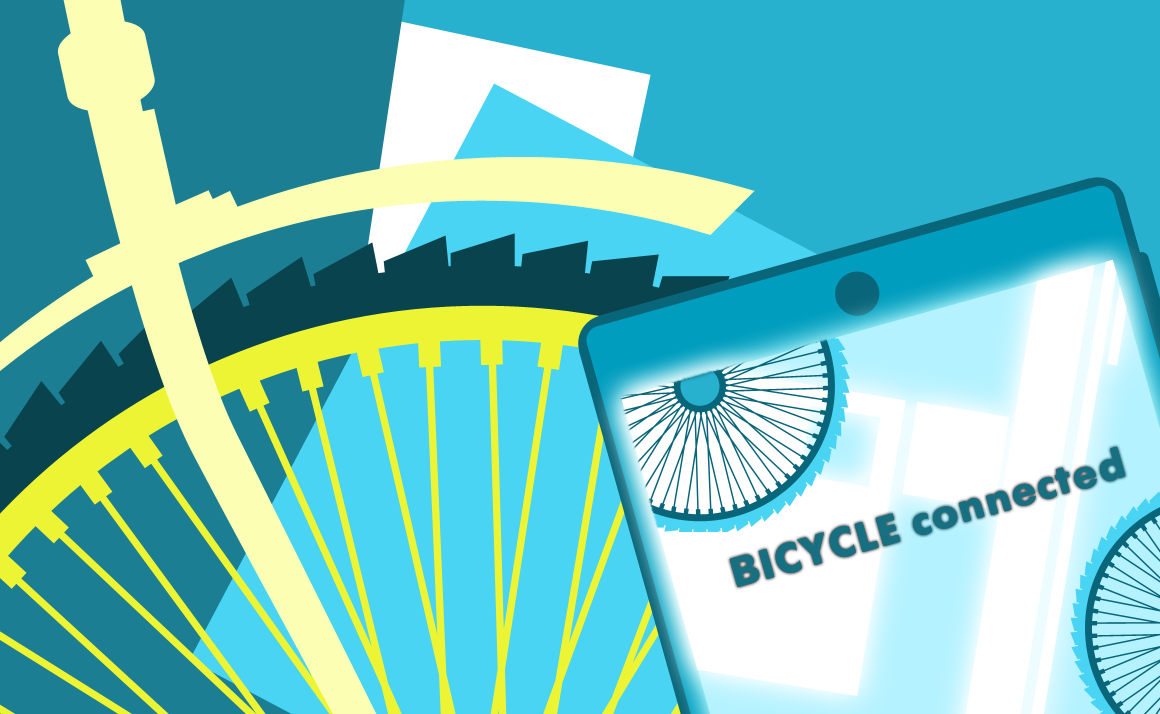
Also in the hospitality sector with the current in room smart Drinx system, with the system being an IoT automated dispenser that is capable of offering up to 50 products that the company believes will put it in a more prominent position in the market of worth 9 billion pounds across the world, since the company is in a capable position agreeing sales and distribution deal.
Having H and D wireless internet of things and the platform system sustain the wireless modules, smartphone application and the cloud services that can be based in smart companies and enterprises. The venture of the system in the field of cashless payments is one of the company’s fastest-growing ad high decorated technology startups.
The presence of Freespee in the company leads in the growth in the conversational commerce that uses chat bots to make purchase through messaging applications, this platform is designed to allow the clients to be in position to track how much returns they are getting from the conversational commerce through the web or also the mobile app, importantly across the multiple channels that includes the email and phone.
With the acknowledgment of the device hub network that offers a platform through which developers can connect and remotely manage multiple devices. The hub can be integrated using any kind of hardware that is designed for smart metering, company automation, fleet management, IoT makers and the wearables. The device hub network can increasingly have active developers who contribute to the platform with the integration of both the hardware and the website technologies.
The action of Silvair which is an end to end smart lighting platform that enables the company to provide enhanced lighting experience to its customers, with the most important aspect being the Bluetooth device that is quite literally and hence ramp up the customers.
With the hub controller which is a smart thermostat that helps control the Smartphone and also in a position to learn about your heating habits henceforth optimizing itself to save money and these makes the internet of things cheaper.
Provision of both the hardware and software for the people to connect with their modern homes or companies, in changing the music volume or also turning down their lights.
Presence of a Smappee, which is a device that monitors the consumption of energy, gas, solar energy and water on a real basis. It also allows the consumers’ to control their home appliances. Owners of solar panels can use them to earn crypto currency, incentivizing them to bring benefits of the blockchain to their homes.
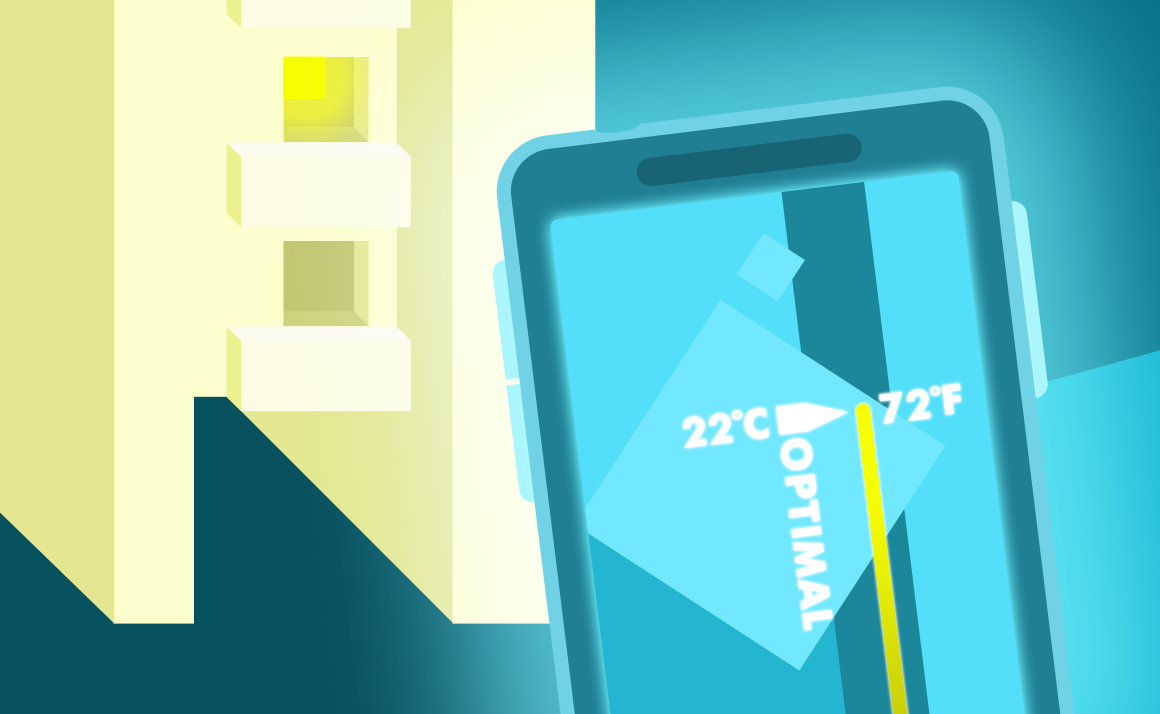
Consumer electronic that is aimed to create a smarter home that may be used to offer products such as security cameras that have a unique factor of the facial recognition and smart voice controlled thermostats and also the indoor climate monitors. This product in connection with other applications and services is in position to fully create an interactive ecosystem within the home.
The point grab startup provides smarter sensor solutions for buildingsб since it deploys sensors to efficiently gather data in real time on how and where the occupants use a building. The data ten is used in the optimization of operations, saving data and planning the working place much intelligently.
Ecorobotix startup is a prime example for good utilizing IoT not only to bring together environmental concerns but also to save energy for the ones particularly working in the agriculture sector. The Ecorobotix helps to cut down on the expense and potential for chemical polution that’s associated with weeding crop fields.
The Undagrid based startup makes the airport, logistics and harbors smarter by connecting assets in a single network. It lets devices form their own self-expanding network without any configuration. The startup is much better as it is extremely low on power.
The use of the Kiwi startup that has pofilently developed a way of retrofitting building doors for IoT RFID sensors in buzzer systems to unlock doors. This startup has two unique components that is KI which is a piece of hardware that the users can carry with them and it picks up a signal from the transponder in the door. The WI is a Smartphone application that lets the users open the lock.
